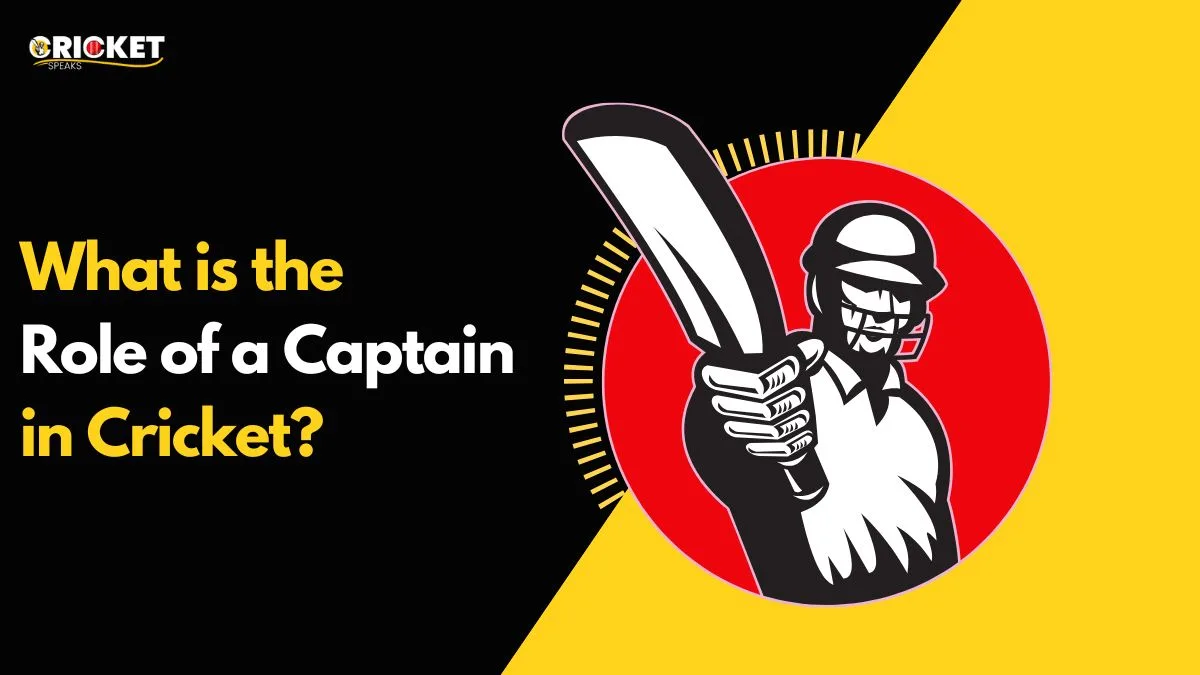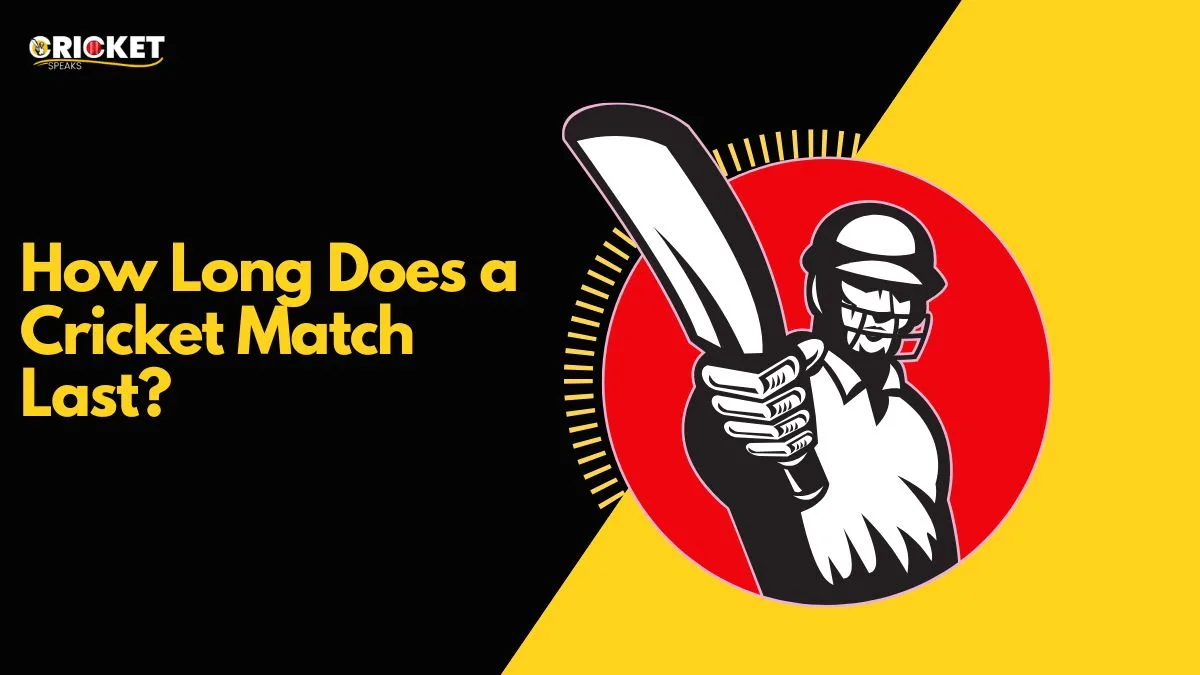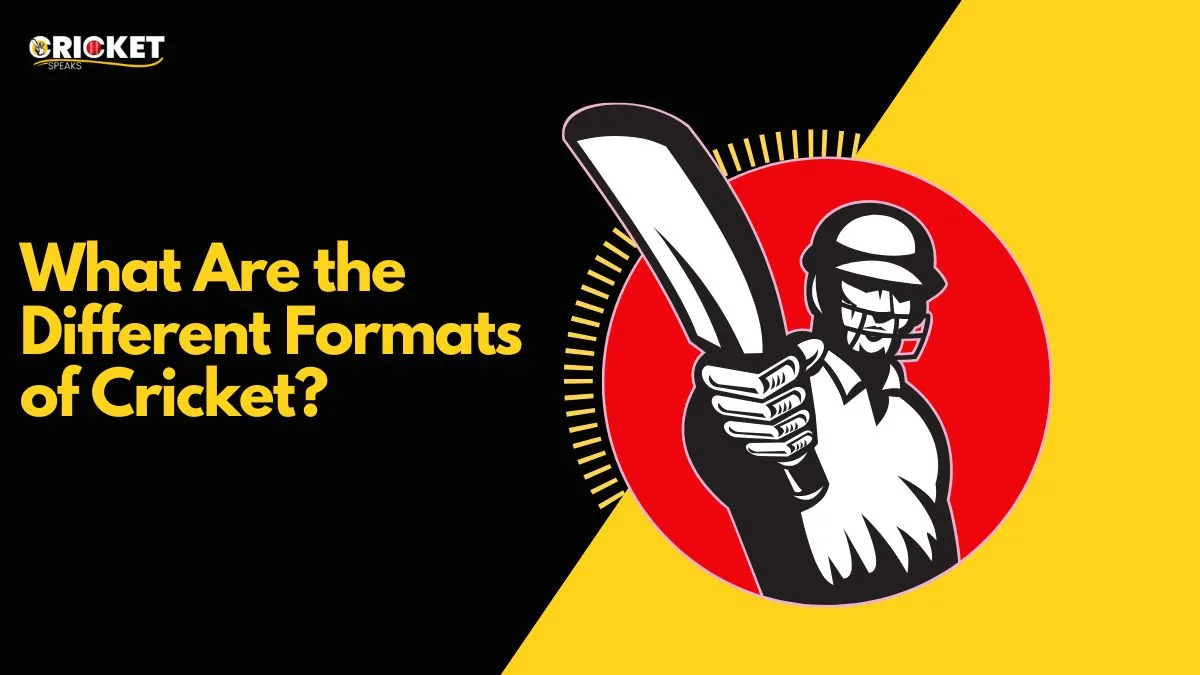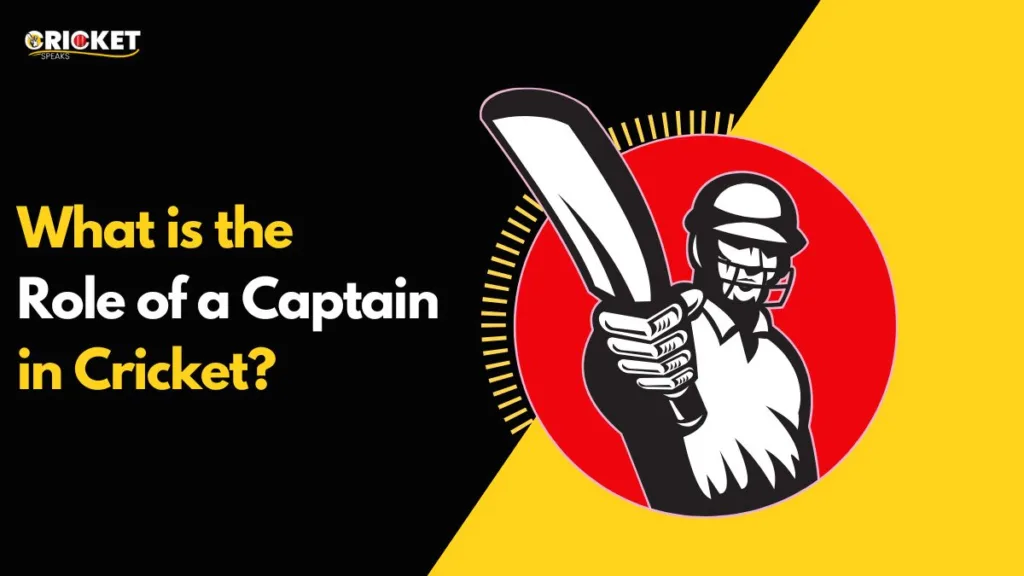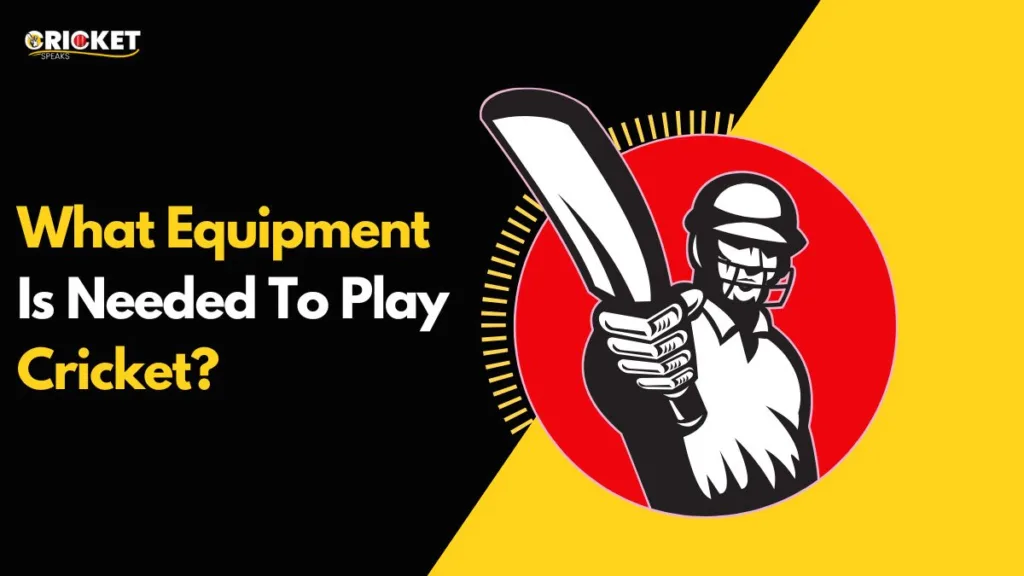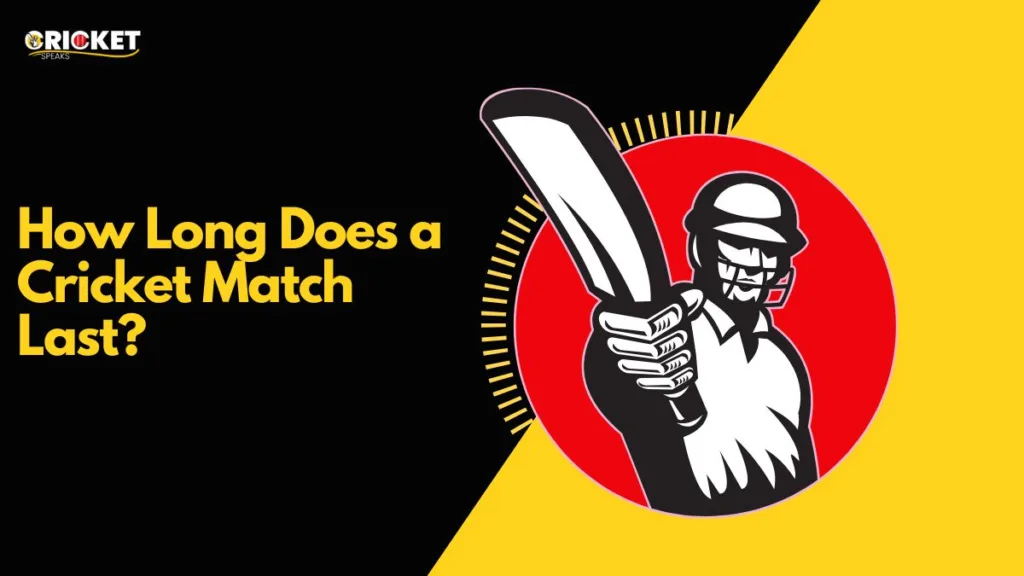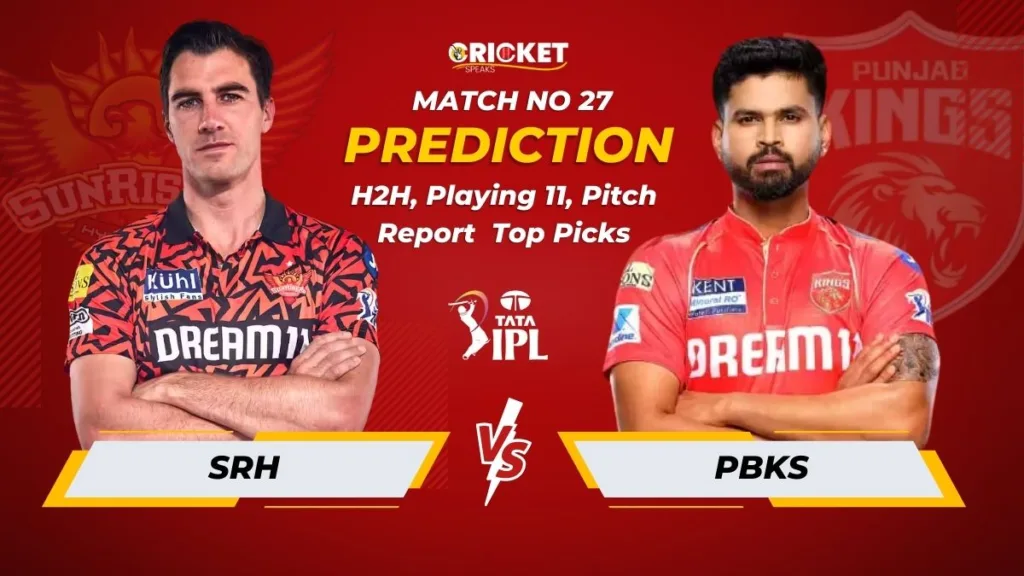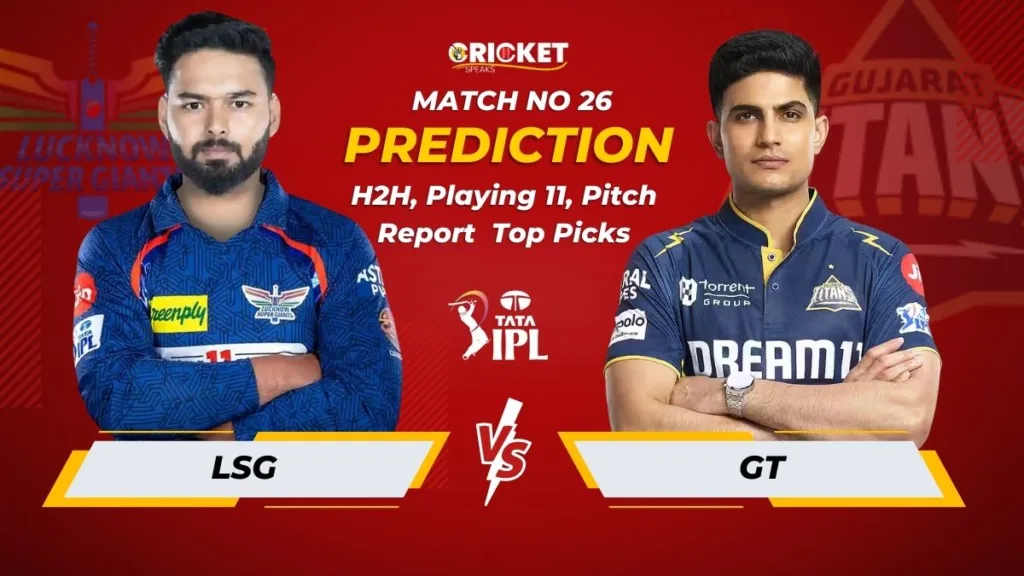What Is Cricket: Cricket isn’t just a sport—it’s an emotion. Especially in countries like India, Pakistan, England, Australia, and South Africa, it’s almost a way of life. But if you’re new to the game, it might seem a bit complex at first. There are terms like “overs,” “wickets,” “bouncers,” and “googlies” thrown around casually. Don’t worry—we’re here to break everything down in the simplest way possible.
In essence, cricket is a bat-and-ball game played between two teams of 11 players each. The main goal? Score more runs than the opponent. Sounds easy? Well, there’s a lot more going on behind the scenes!
History of Cricket
Origins of the Game
Cricket originated in southeast England as early as the 16th century. Initially played by children, it grew in popularity and soon became a pastime for adults, especially among the elite. By the 18th century, cricket had transformed into a national sport in England.
Evolution Over the Centuries
As the British Empire expanded, so did cricket. It reached India, Australia, the Caribbean, and Africa during colonial times. Over the years, the rules evolved, and international matches started taking place, setting the foundation for the game we know today.
Cricket in the Modern World
Now, cricket is managed globally by the International Cricket Council (ICC). There are more than 100 member countries, and tournaments like the ICC World Cup and IPL (Indian Premier League) draw massive viewership—comparable to the Super Bowl or FIFA World Cup!
Objective of the Game
The Core Purpose
The primary aim in cricket is to score runs while preventing the opposing team from scoring more than you. The team with the most runs at the end of the match wins.
How Teams Compete
- The match is divided into innings.
- One team bats, trying to score as many runs as possible.
- The other team bowls and fields, aiming to dismiss the batters.
- After the first innings, the roles reverse.
- The team with the higher score at the end of both innings wins.
Basic Rules of Cricket
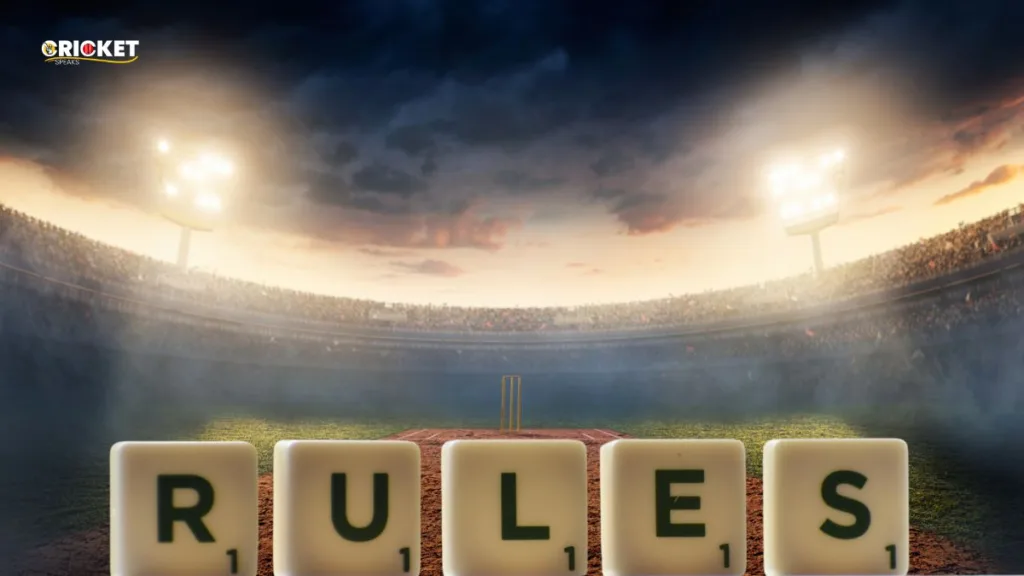
Structure of the Game
Cricket matches vary in length—from a few hours (T20) to five full days (Test cricket). Each team has 11 players, and only two bat at a time. The batting team tries to make as many runs as possible before losing all their wickets.
Scoring Runs
Runs can be scored in several ways:
- Running between the wickets.
- Hitting the ball to the boundary (4 runs if it bounces, 6 runs if it doesn’t).
- Through extras (like wides or no-balls).
Getting Players Out
There are multiple ways a batter can be dismissed—more on that below. Once 10 players are out, the inning ends.
Cricket Equipment Explained
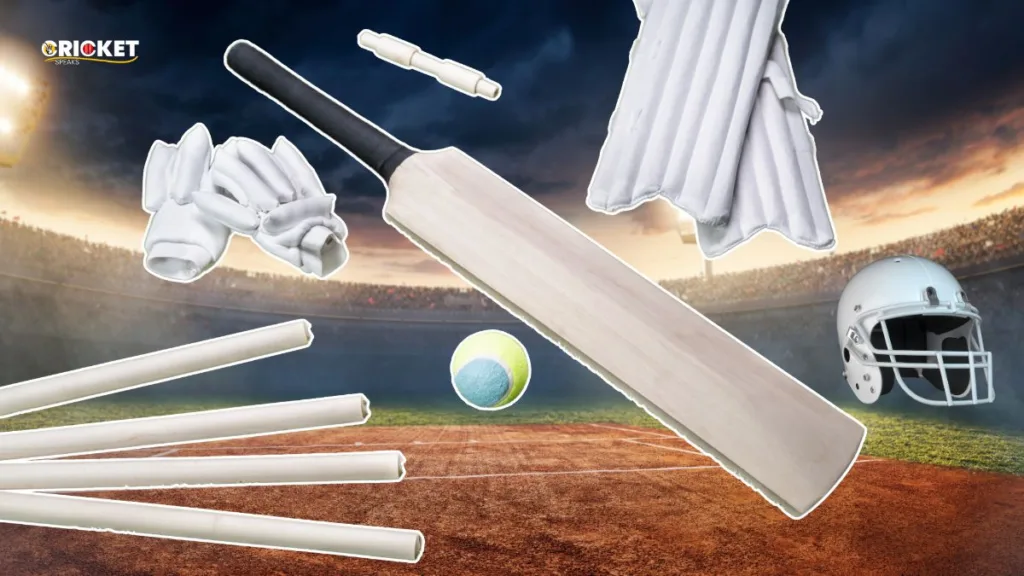
The Bat and Ball
- Bat: Made of willow wood. Flat on one side and curved on the other.
- Ball: Hard and leather-bound, weighs about 160 grams. Red balls are used in Tests; white ones in limited-overs formats.
Protective Gear
- Helmet: Protects the head.
- Pads: For legs.
- Gloves: Shield fingers from impact.
- Thigh guards, chest guards, and abdominal guards are worn by batters for additional safety.
The Cricket Field
- Oval-shaped ground with a 22-yard pitch in the center.
- Wickets (three wooden stumps and two bails) are placed at each end of the pitch.
- Fielding positions vary—like slips, gully, point, mid-on, long-off—each with a strategic purpose.
Cricket Formats
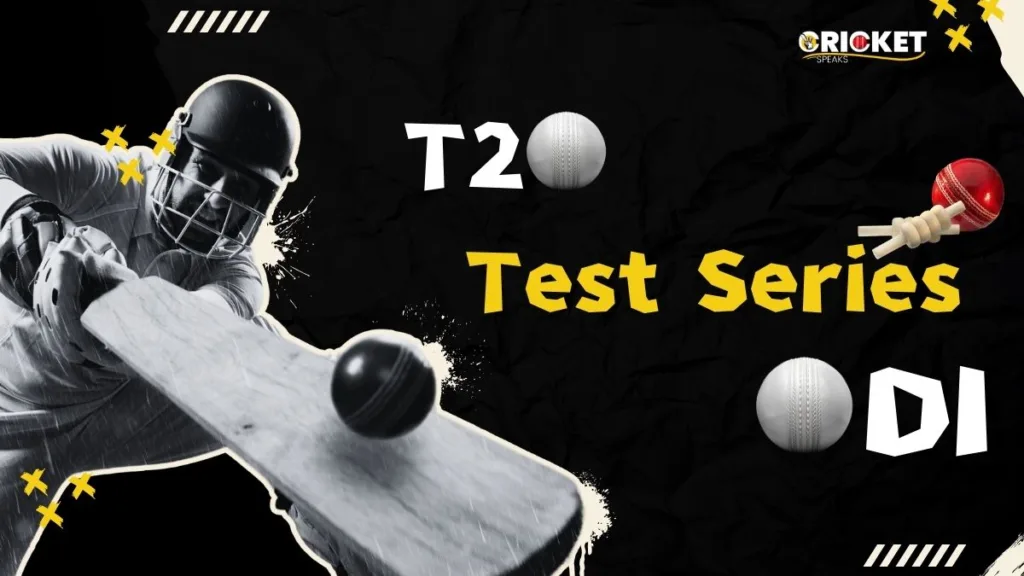
Test Cricket (Traditional Format)
- Played over 5 days.
- Each team bats twice.
- No limit on overs.
- Considered the purest form of the game, testing skill, patience, and endurance.
One Day Internationals (ODIs)
- Each team plays 50 overs.
- Played in one day (~8 hours).
- Introduced in the 1970s to create faster-paced action.
Twenty20 (T20)
- Only 20 overs per side.
- Matches last about 3 hours.
- Very popular for its fast pace and entertainment value.
Roles in a Cricket Team
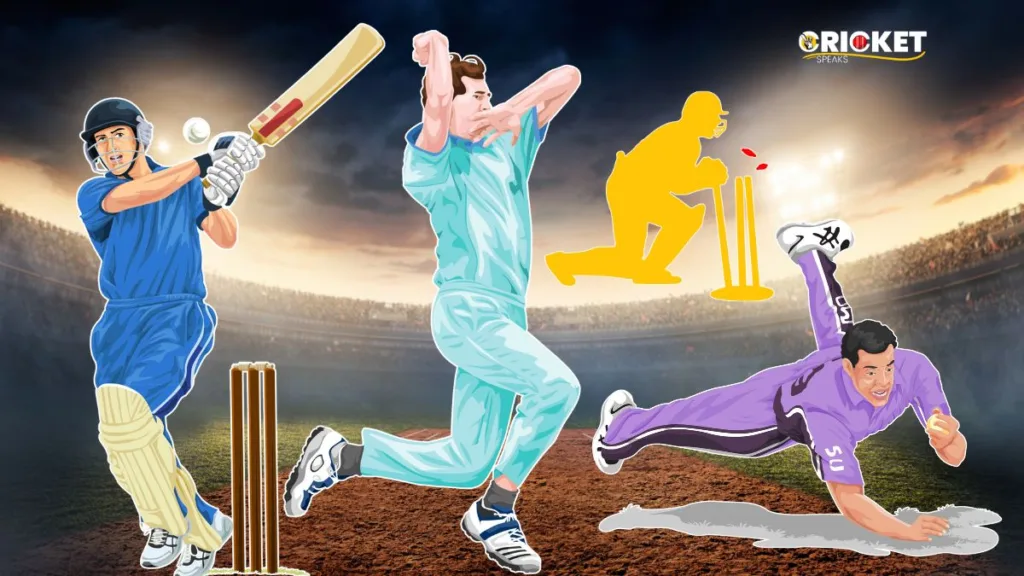
Batsmen
- Openers face the new ball and need to be technically sound.
- Middle-order batters consolidate or accelerate, depending on the match.
- Finishers are explosive batters who boost the score in the final overs.
Bowlers
- Pace bowlers rely on speed and bounce.
- Spin bowlers use flight, spin, and deception.
- Teams usually have a mix of both.
All-Rounders
Players who can both bat and bowl effectively. Crucial in all formats.
Wicket-Keeper
A specialized fielder behind the stumps. Needs lightning-fast reflexes and good hand-eye coordination.
Fielders
Fielders are placed all over the ground to:
- Stop runs.
- Catch balls.
- Assist in run-outs.
Toss and Innings In Cricket
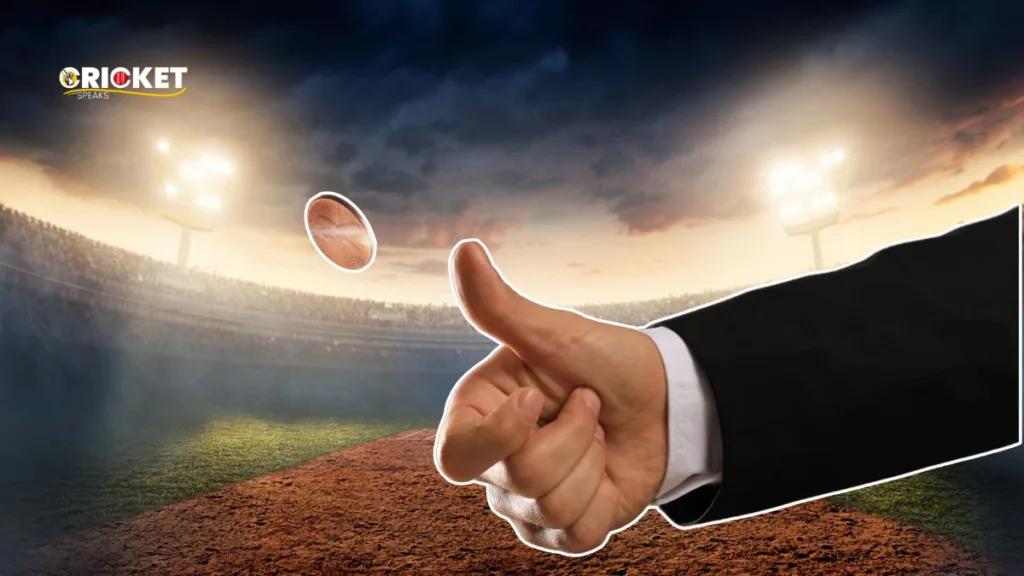
Importance of the Toss
- Toss determines which team bats or bowls first.
- Crucial for strategy—pitch and weather conditions can play a huge role.
What is an Inning?
An inning is a team’s turn to bat and score runs. A match may consist of:
- One inning per team (in T20s and ODIs).
- Two innings per team (in Test matches).
How a Cricket Match Progresses
The Beginning: Toss and Setup
The match kicks off with a toss. Once the decision is made, teams set their batting and bowling orders.
Middle: Overs, Strategies, Breaks
- Each over has 6 legal deliveries.
- Bowlers can bowl a limited number of overs (depends on format).
- Captains adjust field placements constantly.
- Strategic time-outs in T20s; lunch and tea breaks in Tests.
End: Result and Victory Conditions
- Team with the most runs wins.
- In Tests, matches can end in a draw.
- Limited-overs matches can also result in a tie or no result if weather interrupts play.
How to Score in Cricket
Boundaries and Runs
- 1 to 3 runs can be scored by running between wickets.
- 4 runs: Ball reaches boundary after bouncing.
- 6 runs: Ball clears boundary without touching the ground.
Extras (Bonus Runs)
- Wides: Ball bowled too wide.
- No Balls: Bowler oversteps or bowls an illegal delivery.
- Byes: Ball passes the batter without contact and runs are taken.
- Leg Byes: Ball hits batter’s body (not bat) and runs are scored.
Ways a Batsman Can Be Out
- Bowled: Ball hits stumps.
- Caught: Ball caught before touching ground.
- LBW: Ball hits batter’s leg and would’ve hit stumps.
- Run Out: Batter fails to reach crease before stumps are broken.
- Stumped: Batter steps out of crease and keeper removes bails.
- Hit Wicket, Handled the Ball, Timed Out, etc., are rare modes of dismissal.
Fielding and Bowling Strategies
Field Placements
Defensive fields spread out to prevent boundaries. Aggressive fields are tight to pressure the batter into mistakes.
Bowling Types
- Swing: Ball moves in the air.
- Seam: Movement off the pitch.
- Spin: Ball turns off the surface—leg spin, off spin, etc.
Match Situations
Captains adjust strategies based on game situation—chasing, defending, new batters, etc.
Popular Cricket Tournaments
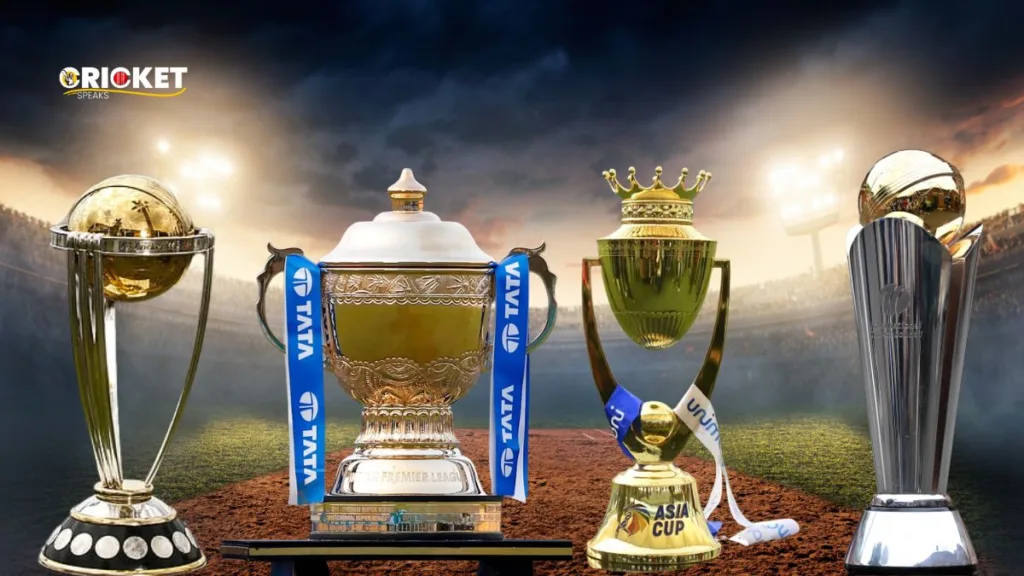
- ICC World Cup (ODI)
- ICC T20 World Cup
- The Ashes (England vs Australia)
- Indian Premier League (IPL)
- Asia Cup
- Big Bash League (BBL) These tournaments attract millions and offer drama, rivalries, and historic moments.
Countries Where Cricket is Most Popular
- India: Cricket is a religion. Home to the IPL and millions of passionate fans.
- Australia: Known for dominance and fierce competitiveness.
- England: Where it all began. Home of The Ashes.
- Pakistan: Produces some of the world’s best fast bowlers.
- South Africa: Strong domestic setup and talented players.
Tips for Beginners For Playing Cricket
How to Start Playing
- Join a local club or school team.
- Play street cricket with friends—it’s how many legends started!
Learning the Basics
- Watch tutorial videos.
- Play simple formats first (like tape-ball cricket).
Watching Matches to Understand Better
Observe:
- Field placements.
- How bowlers set up batters.
- How captains make tactical decisions.
Conclusion
Cricket is more than just a sport—it’s an intricate dance of skill, strategy, and passion. Once you get the hang of the rules and flow of the game, it becomes deeply engaging. Whether you want to play, watch, or simply understand what everyone’s talking about, learning cricket is a rewarding experience.
FAQs
1. What is the main aim in cricket?
The goal is to score more runs than the opposing team and dismiss their batters.
2. How many players are in a cricket team?
Each team has 11 players, including batters, bowlers, and fielders.
3. What are the basic rules a beginner should know?
Know how to score runs, how players get out, the concept of overs, and fielding basics.
4. Can cricket be played casually?
Absolutely! Street or backyard cricket is fun, informal, and a great way to learn.
5. Is cricket hard to learn?
The basics are simple. With time, you’ll pick up the deeper strategies and enjoy the game even more.

